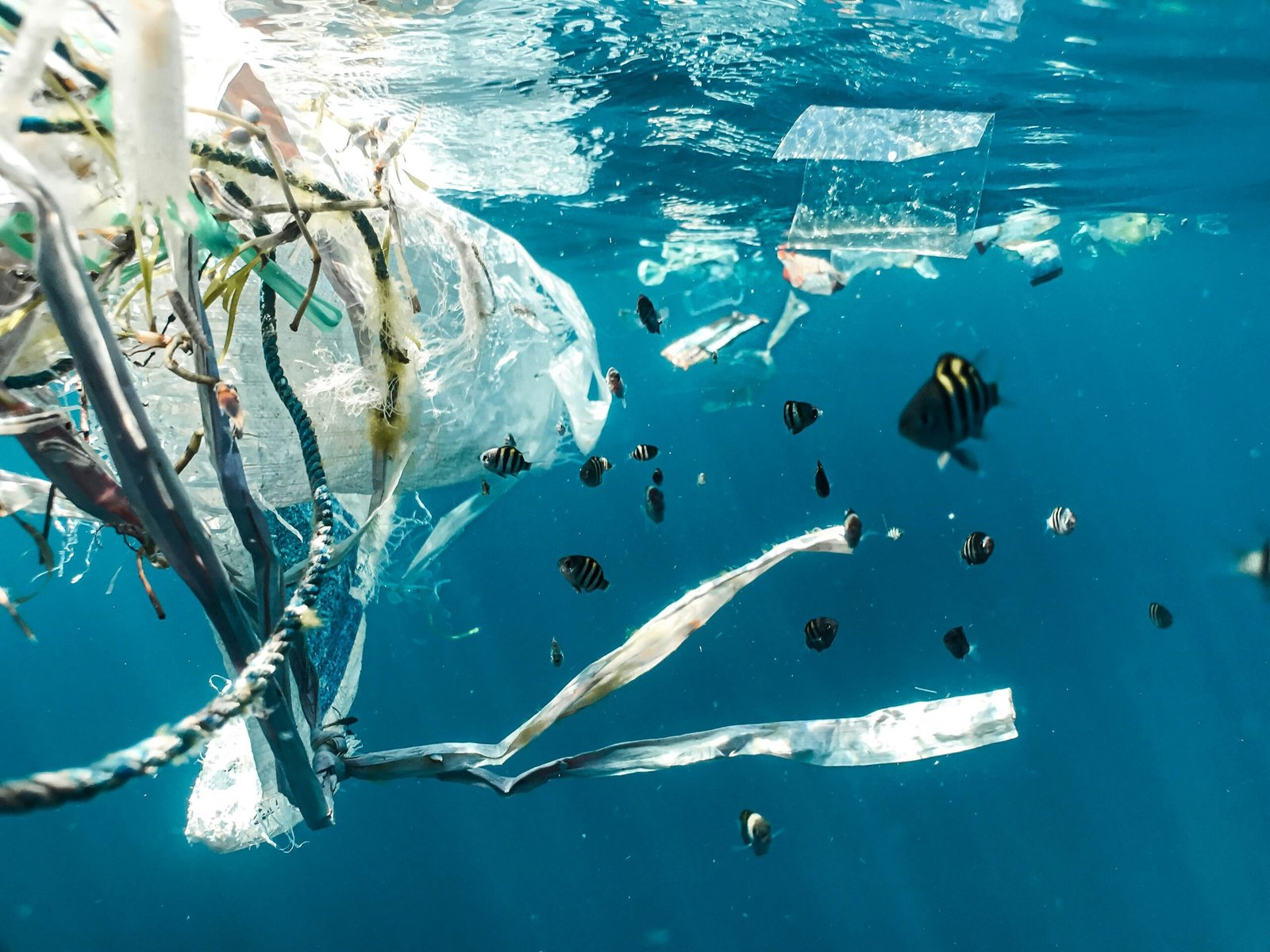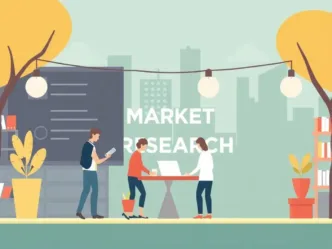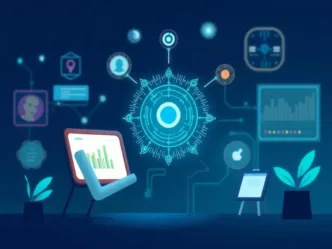Plastic pollution Essay; it is a growing problem caused by excessive production and consumption of single-use plastics. Poor waste management systems contribute to the problem, leading to plastic waste ending up in rivers and oceans. The consequences of plastic pollution are severe, harming marine life and ecosystems. To address the issue, reducing reliance on single-use plastics, improving waste management, and raising awareness through education are crucial. The effects of plastic pollution include harm to marine animals, disruption of ecosystems, threats to human health, economic impacts, and contribution to climate change. Supporting scientific research, global collaboration, community engagement, and advocating for policy change are important steps towards reducing plastic pollution.
The Growing Problem of Plastic Pollution Essay
One of the main causes of plastic pollution is the excessive and irresponsible production and consumption of single-use plastics. These include items such as plastic bags, bottles, straws, and food packaging, which used for a short period of time and then discarded. The convenience and affordability of these products have led to a culture of disposability, where we use and throw away plastic without considering its long-term impact on the environment.
Another significant contributor to plastic pollution is poor waste management systems. In many parts of the world, especially developing countries, there is a lack of proper infrastructure and resources to handle the increasing amount of plastic waste. As a result, much of it ends up in rivers, lakes, and oceans, where it takes hundreds of years to decompose. This not only harms marine life but also contributes to the formation of massive garbage patches, such as the Great Pacific Garbage Patch, which estimated to be twice the size of Texas.
The consequences of plastic pollution are far-reaching and devastating. Marine animals, such as turtles, dolphins, and seabirds, often mistake plastic debris for food and ingest it, leading to injury, starvation, and death. The chemicals present in plastics can also leach into the water, posing a threat to marine ecosystems and the organisms that rely on them. Furthermore, microplastics, tiny particles of plastic less than 5mm in size, have been found in the bodies of various marine species, including fish and shellfish. When consumed by humans, these microplastics can enter our food chain, potentially causing health issues.
In order to address the problem of plastic pollution, it is crucial to reduce our dependence on single-use plastics. This can achieved through awareness campaigns, government regulations, and individual actions. For instance, many countries have implemented bans or restrictions on plastic bags and straws, encouraging the use of reusable alternatives. Additionally, recycling and waste management systems need to improved, ensuring that plastic waste properly collected, sorted, and processed.
Education also plays a vital role in combating plastic pollution. By raising awareness about the environmental impact of plastic and promoting sustainable alternatives, we can empower individuals to make informed choices and take action. Schools, community organizations, and businesses can all contribute to this effort by incorporating environmental education programs and promoting eco-friendly practices.
In conclusion, plastic pollution is a growing problem that requires urgent attention and action. The causes are multifaceted, ranging from the overconsumption of single-use plastics to inadequate waste management systems. The consequences are severe, affecting wildlife, ecosystems, and human health. However, by reducing our reliance on single-use plastics, improving waste management, and educating individuals, we can work towards a cleaner and more sustainable future.
Furthermore, the rapid growth of urbanization and industrialization has also played a role in the increase of plastic pollution. As more people migrate to cities and industries expand, the demand for plastic products has skyrocketed. This has led to the establishment of more factories and production facilities, which in turn results in higher levels of plastic waste being generated.
In addition, the lack of awareness and education about the environmental impact of plastic pollution has contributed to the problem. Many people are unaware of the long-lasting effects of plastic on the environment and the potential harm it can cause to wildlife and ecosystems. This lack of knowledge often leads to a careless attitude towards plastic waste disposal.
Moreover, the use of microplastics in various industries has become a significant concern. Microplastics are tiny plastic particles that are less than 5 millimeters in size. They can found in a wide range of products, including cosmetics, cleaning agents, and even clothing. These microplastics often washed down the drain and end up in water bodies, where they pose a threat to aquatic life.
Climate change also closely linked to plastic pollution. As temperatures rise and extreme weather events become more frequent, the impact on plastic waste management systems is significant. Floods and storms can damage waste disposal infrastructure, leading to increased plastic pollution as waste washed into rivers and oceans.
Lastly, the convenience culture and consumerism mentality prevalent in society contribute to the problem of plastic pollution. The desire for convenience and instant gratification has led to the widespread use of single-use plastics, which often discarded after a single use. The constant demand for new products and packaging has resulted in a never-ending cycle of plastic waste generation.
In conclusion, plastic pollution is a complex issue with multiple causes. Human activities, such as excessive production and improper disposal of plastic products, inadequate waste management systems, urbanization and industrialization, lack of awareness and education, use of microplastics, climate change, and the convenience culture all contribute to the problem. Addressing these causes requires a multi-faceted approach that involves government regulations, public awareness campaigns, and individual responsibility to reduce plastic consumption and promote sustainable alternatives.
The Effects of Plastic Pollution
The effects of plastic pollution are far-reaching and have serious implications for both the environment and human health. One of the most visible impacts is the harm it causes to marine life. Marine animals, such as turtles, dolphins, and seabirds, often mistake plastic debris for food and end up ingesting it. This can lead to internal injuries, blockages in their digestive systems, and even death.
Plastic pollution also poses a threat to ecosystems. When plastic waste enters water bodies, it can disrupt the balance of marine ecosystems, harming not only marine animals but also coral reefs and other underwater habitats. Additionally, plastic debris can release harmful chemicals into the water, further polluting the environment.
Furthermore, plastic pollution has implications for human health. Microplastics, tiny particles of plastic less than 5mm in size, have been found in various food and water sources. These microplastics can accumulate in the human body over time and have been linked to health issues such as hormonal disruptions and the spread of harmful bacteria.
Moreover, the economic impact of plastic pollution cannot ignored. The tourism industry, which heavily relies on pristine beaches and clear waters, suffers when these areas become polluted with plastic waste. Tourists are less likely to visit destinations that visibly affected by plastic pollution, leading to a decline in revenue for local businesses and communities.
In addition to the economic impact, the cleanup and management of plastic waste also come at a significant cost. Governments and organizations around the world have to allocate resources to clean up plastic debris from beaches, rivers, and oceans, as well as implement waste management systems to prevent further pollution. These efforts require funding and manpower, diverting resources that could used for other important initiatives.
Furthermore, the production and disposal of plastic products contribute to greenhouse gas emissions and climate change. The extraction of fossil fuels needed to produce plastic releases carbon dioxide into the atmosphere, contributing to global warming. Additionally, when plastic waste incinerated or left to decompose in landfills, it releases methane, a potent greenhouse gas that is even more harmful than carbon dioxide.
Lastly, the aesthetic impact of plastic pollution cannot overlooked. Plastic debris can found littering beaches, rivers, and streets, creating an eyesore and degrading the overall beauty of natural and urban environments. This not only affects the quality of life for residents but also deters visitors and potential investors.
In conclusion, the effects of plastic pollution are vast and multifaceted. From harming marine life and disrupting ecosystems to posing risks to human health and contributing to climate change, plastic pollution is a global issue that requires immediate attention and action. Governments, industries, and individuals must work together to reduce plastic consumption, improve waste management systems, and promote sustainable alternatives to mitigate the detrimental effects of plastic pollution on our planet and future generations.
Support Scientific Research and Innovation
In order to effectively address plastic pollution, it is crucial to support scientific research and innovation. This includes funding research projects that focus on developing new materials and technologies that are more sustainable and less harmful to the environment. Scientists and engineers can work together to find alternative materials to plastic, such as biodegradable polymers or plant-based packaging.
Additionally, innovation can also come in the form of new waste management techniques. Advanced recycling technologies, such as chemical recycling or pyrolysis, can help break down plastic waste into its basic components, allowing for the creation of new products or energy generation.
Collaborate Globally
Plastic pollution is a global issue that requires international collaboration. Countries can work together to establish common goals and share best practices in reducing plastic waste. International agreements and initiatives can be put in place to regulate the production, use, and disposal of plastics. By working together, we can create a unified approach to tackle this problem on a global scale.
Engage the Community
Engaging the community is essential in the fight against plastic pollution. Local organizations and community groups can organize clean-up events to remove plastic waste from beaches, parks, and other natural areas. These events not only help clean up the environment but also raise awareness about the issue and inspire others to take action.
Furthermore, community-led initiatives can be established to promote responsible consumption and waste reduction. This can include organizing workshops on sustainable living, setting up community gardens to promote local food production, or advocating for plastic-free events and festivals.
Advocate for Policy Change
Individuals and organizations can advocate for policy change to address plastic pollution. This can involve lobbying for stricter regulations on single-use plastics, supporting legislation that promotes sustainable packaging alternatives, or pushing for extended producer responsibility, where companies are held accountable for the entire lifecycle of their products.
By working together and implementing these solutions, we can make significant progress in reducing plastic pollution and preserving our planet for future generations.






